In recent months, Huawei has made a bold move to revamp its highly regarded Data Communication Lab Exam, particularly for the ICT Expert (IE) track. This change has left many candidates puzzled, anxious, and scrambling to adapt their preparation strategies. If you’re planning to take the Huawei Lab Exam in 2025, understanding the details of these recent “question changes” is absolutely essential.
This blog will explain what has changed in the Huawei Lab exam, why the changes were implemented, how they affect you as a candidate, and most importantly—how you can adapt to ensure you pass on your first attempt.
Table of Contents
Introduction to the Huawei Lab Exam
The Huawei IE Lab exam is one of the most demanding certifications in the networking industry. Unlike theoretical exams, the Lab requires you to configure and troubleshoot actual network scenarios in a timed environment, often spanning 8 hours. The lab tests not only your technical skills but also your real-time problem-solving abilities under pressure.
Historically, the exam consisted of predictable scenarios with standard solutions that candidates could memorize. This has dramatically changed in 2025.
Why Huawei Changed the Lab Exam in 2025
📉 The Problem: Predictability and Backward Studying
Over the last three years, the IE Lab exam questions had remained unchanged. As a result, the exam solutions became an “open secret” within the certification community. Many candidates began to memorize configurations, learn scripts by heart, and practice using fixed templates.
Some candidates would finish an 8-hour exam in just 4 hours—not because of superior understanding — but due to extensive repetition of pre-known solutions.
Huawei recognized this behavior and saw it as damaging to the integrity and gold content of its certification. When hiring managers began doubting the value of Huawei-certified professionals, it became clear that the system needed reform.
Huawei responded by introducing Question Changes — dynamic and modified question sets designed to break the mold of rote memorization and test real capability.
What Are Question Changes?
The term “Question Changes” refers to variations or modifications of existing questions, rather than a complete overhaul of the exam. Here’s what’s different:
🔁 Modified Topologies
Instead of using the same network layout every time, Huawei now tweaks:
- Device roles (e.g., switch vs. router placement)
- Interface mappings
- VLAN, VPN, or BGP neighbor changes
🧩 Protocol Variations
While the exam might still test protocols like OSPF, BGP, or MPLS, Huawei changes:
- Protocol combinations (e.g., BGP with a different IGP)
- Use of uncommon parameters
- Unusual redistribution logic
🔄 Randomized Logic
- Order of tasks may be shuffled
- Dependency between configurations (you must solve Part A correctly to make Part B function)
- Troubleshooting is embedded in configuration tasks
⚠️ Fault Injection
Huawei introduces intentional misconfigurations or hardware simulation issues such as:
- Misassigned IPs
- Disabled interfaces
- Incorrect ACLs or route maps
These changes force candidates to think, troubleshoot, and adjust in real time, rather than mindlessly typing known commands.
Exam Conditions Matter: Don’t Blame the Keyboard
One of the most memorable points in the lecture came from a case study:
A student failed the exam and blamed the keyboard: “It was too hard to press, and I was uncomfortable typing.”
While humorous, this anecdote illustrates a critical point — external factors can affect performance. The lab exam doesn’t just test configurations; it also challenges:
- Your mental resilience
- Your adaptability
- Your comfort with unfamiliar setups
Preparation now requires more than technical skill; it demands the right mindset and habits under stress.
What Skills Are Huawei Really Testing Now?
With these changes, the Huawei Lab exam is no longer just about knowing the syntax. Instead, Huawei is clearly shifting toward testing:
✔️ Comprehensive Technical Understanding
You must know the protocol, not just the commands. Expect to be asked to solve unexpected scenarios and configure hybrid setups.
✔️ Problem Solving & Flexibility
You need to adjust to changes, understand the underlying purpose of each task, and make smart choices when things don’t go as expected.
✔️ Troubleshooting & Debugging
A significant portion of the exam may now involve finding and fixing misconfigurations, logs analysis, or interpreting command outputs like:
display interface briefdisplay ip routing-tabledebug ip packet
✔️ Time Management
You might only complete the full exam if you prioritize tasks, allocate time wisely, and know when to move on.
✔️ Stress Handling
Examiners expect candidates to remain calm under pressure. Errors in early stages can cascade if you lose focus or panic.
How to Prepare for the 2025 Huawei Lab Exam
Now that the era of “template copying” is over, your preparation strategy must change. Here’s what to do:
🔍 Understand the Exam Blueprint Deeply
- Focus on Huawei’s official topics
- Practice each protocol in different topologies
- Simulate hybrid environments (e.g., OSPF+IS-IS or MPLS+BGP)
⚙️ Build Multiple Lab Scenarios
Don’t just practice one lab. Build 10 variations of the same topic:
- Change the devices
- Use different command sequences
- Try solving the same problem in multiple ways
🧪 Practice Troubleshooting Separately
Create labs where you intentionally misconfigure devices. Test your ability to:
- Read
displaycommands output - Identify silent failures
- Solve issues without relying on “cheat sheets”
🕰 Simulate the 8-Hour Environment
Train in conditions that match the real exam:
- Time yourself strictly
- Use uncomfortable hardware sometimes
- Introduce breaks and test your focus after resuming
🤯 Train Your Mindset
- Expect surprises
- Stay calm when things don’t work
- Treat unknown scenarios as challenges, not blockers
What Not to Do in 2025
Here’s what you should avoid doing under the new exam rules:
| ❌ Don’t | ✅ Do Instead |
|---|---|
| Memorize fixed templates | Learn protocol behavior deeply |
| Practice the same lab endlessly | Create variations of labs |
| Focus only on speed | Prioritize accuracy and understanding |
| Ignore troubleshooting | Treat it as core preparation |
| Blame exam conditions | Train in worse environments |
Final Thoughts: Is This Change Good or Bad?
While it may seem like Huawei is making the lab exam harder, the change is ultimately positive for the certification’s credibility. If every candidate passes by memorization, the certificate becomes meaningless in the industry.
By implementing these question changes, Huawei is sending a clear message:
“We want certified engineers who can perform in the real world, not just in exam simulations.”
So, if you pass the 2025 Lab Exam, you won’t just have a certificate—you’ll have proof of real-world engineering ability.
And that’s worth far more.
Summary Checklist: How to Beat the 2025 Huawei Lab
✅ Expect changed topologies
✅ Practice flexible protocols
✅ Prepare for fault injection
✅ Sharpen debugging skills
✅ Train under pressure
✅ Focus on understanding, not memorization
✅ Master time and mental management
✅ Build your own labs from scratch
Ready to Take the Challenge?
If you’re aiming to pass the Huawei IE Lab in 2025, this new era demands a smarter, more disciplined approach. Embrace the challenge—and you’ll not only earn the certification but also gain skills that stand out in the industry.
Stay sharp, stay focused, and good luck!
You can also refer to our YouTube channel to watch the complete video. Here is the link: https://studio.youtube.com/video/1ZywXCyx1Fo/edit




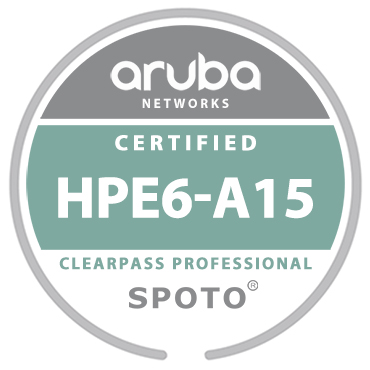
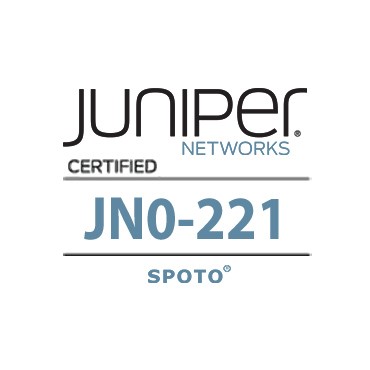
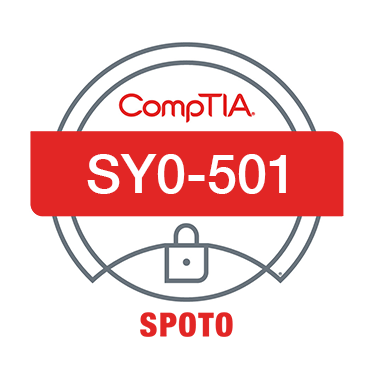

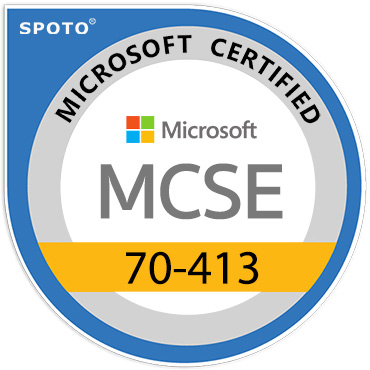

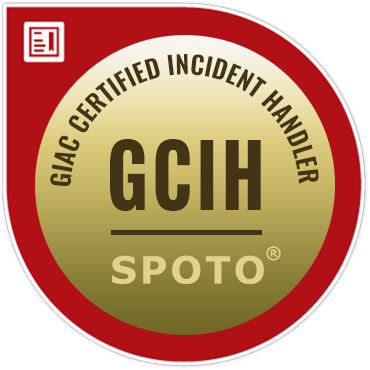
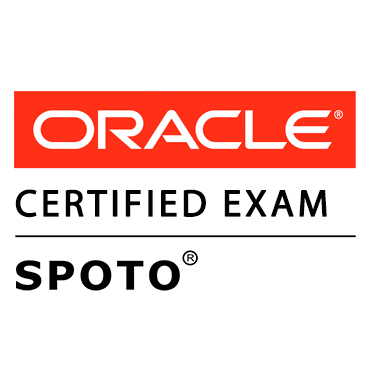
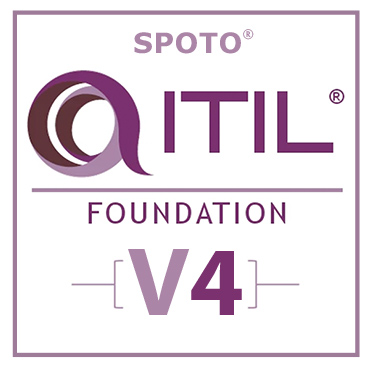
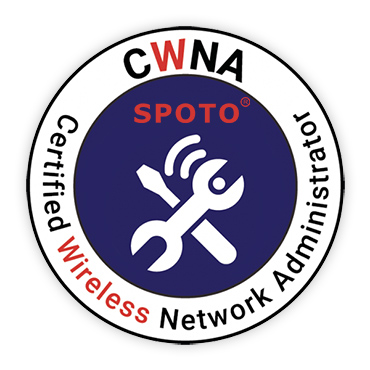
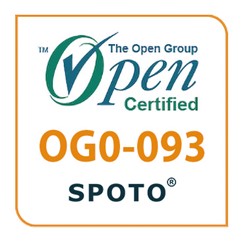


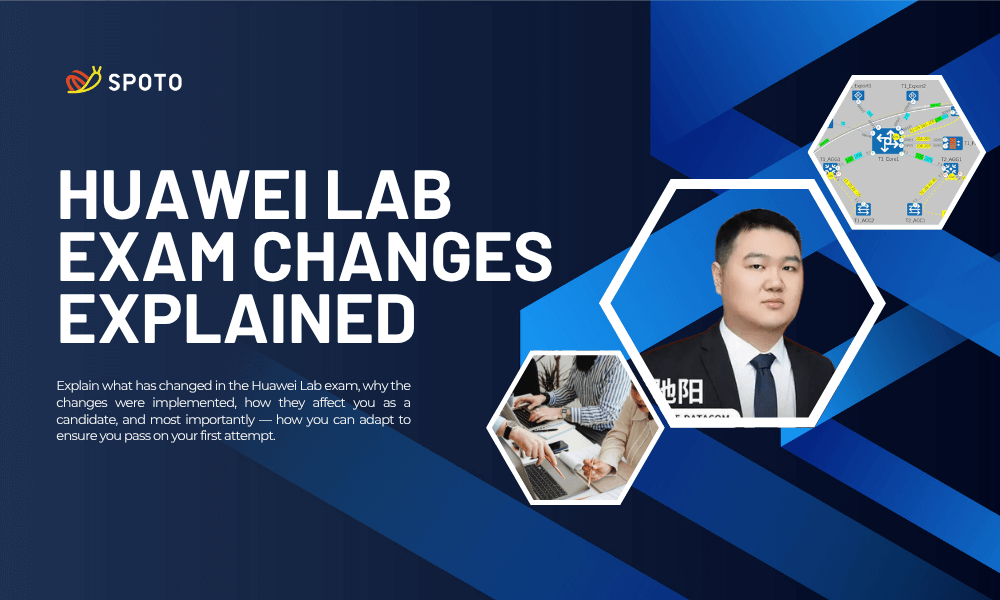
Comments